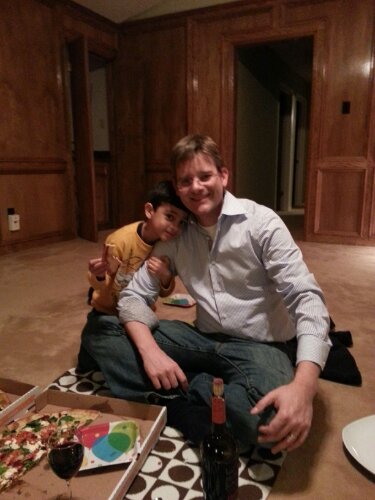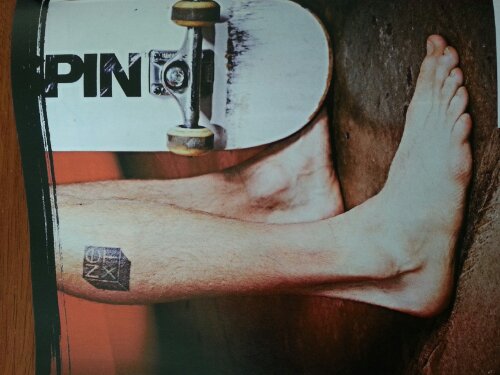Have you ever experienced days where nothing, I mean literally nothing works as planned or intended, despite your best efforts? Today was such a day for me.
It all started quite innocently. I got up, got coffee and got ready to take Ro to his 9:15a swim class. Then I got a message and a call from my wife: turns out I had both keys for the 3rd vehicle in my pocket – oops!. My BMW had been quarantined in the garage for the last 7 days, waiting to be ferried to our mechanic to have it looked over – I was suspecting something wrong with its power steering.Due to the lack of keys for the 3rd car, MrsM drove the soon to be sick car for the Sat groceries trip. She almost didn’t make it. On the turn into the parking lot she lost all power steering, veered into the other lane and managed to not hit anything while slowly making her way back to her lane, while hanging off the side of the steering wheel for her life – there was no more power assist and the 4600lb curb weight, nor the 255 size front tires where of any help in this situation. She finally made it into the parking lot unharmed. Fast forward 3 hours. After picking her up with the 3rd car after having returned with car #1 from the swimming lesson, I called AAA to have the stranded Beamer towed to my preferred independent mechanic in town. I had to be present to pick up the Beamer. So I drove back with car #1 with the kiddo in the rear to wait for the flatbed truck. After 1.5h wait the tow truck finally showed up and shortly after we were on our way to the BMW shop, me in close pursuit of the tow truck (by now you probably have figured out that the BMW is car #2). Shortly after entering the freeway behind the tow truck I lost power on car #1 completely! – My mind went: Oh shit!!! – another tow truck needed. Then it hit me: MrsM had mentioned earlier in the day that car #1 was low on gas. What an understatement: it was OUT of gas. And I needed another tow truck. How embarrassing – and entirely my fault. When the engine died I was going 55mph towards an uphill exit ramp. When the shoulder started to disappear I hit the breaks and stopped.
Silience.
After weighing my options (narrow exit ramp with shoulder) I decided to call MrsM to request fuel to be delivers via car #3 and to call the cops to deliver my ticket along with some protection from the rear traffic while I was refueling. 15min later all that unfolded, minus the ticket. I can say I got my tax dollars back from a super friendly cop. He was very helpful and Ro was very relieved that daddy didn’t end up with a ticket for “biggest moron on planet” – the cop’s comment: this happens all the time. Scary, is what I say.
So after 30min of unplanned parking on the off ramp we were again on our way to see if the Beamer had been dropped off at the shop, which it had been. For the rest of the day I cancelled flying and any other potentially dangerous activity and pretty much stayed in bed. It was much more relaxing than the first half of the day….
What a day!
The Texas learning: cops can actually be your friend AND one needs three cars.Now shoot me.






